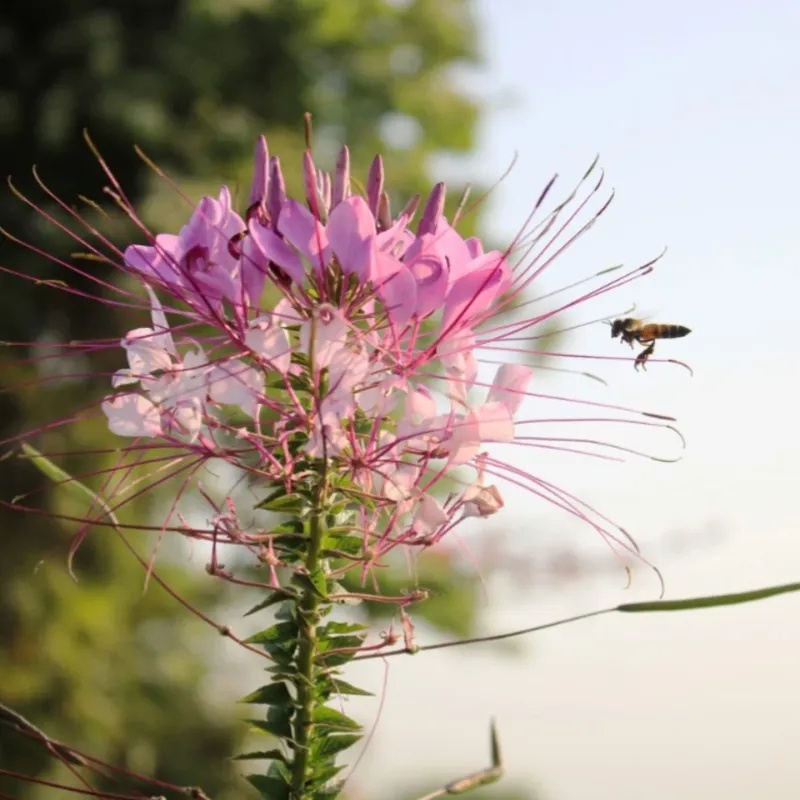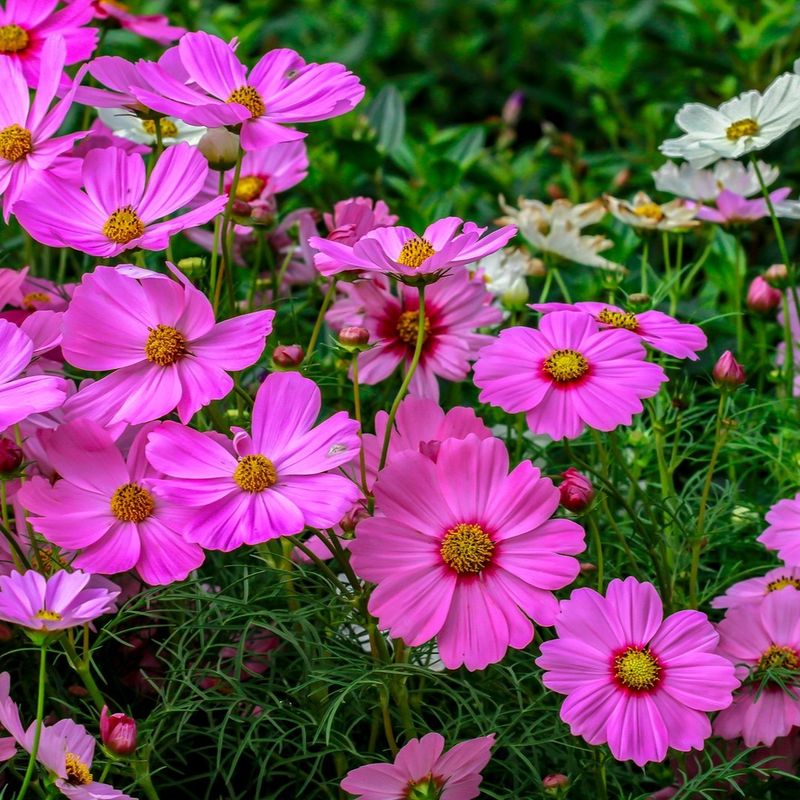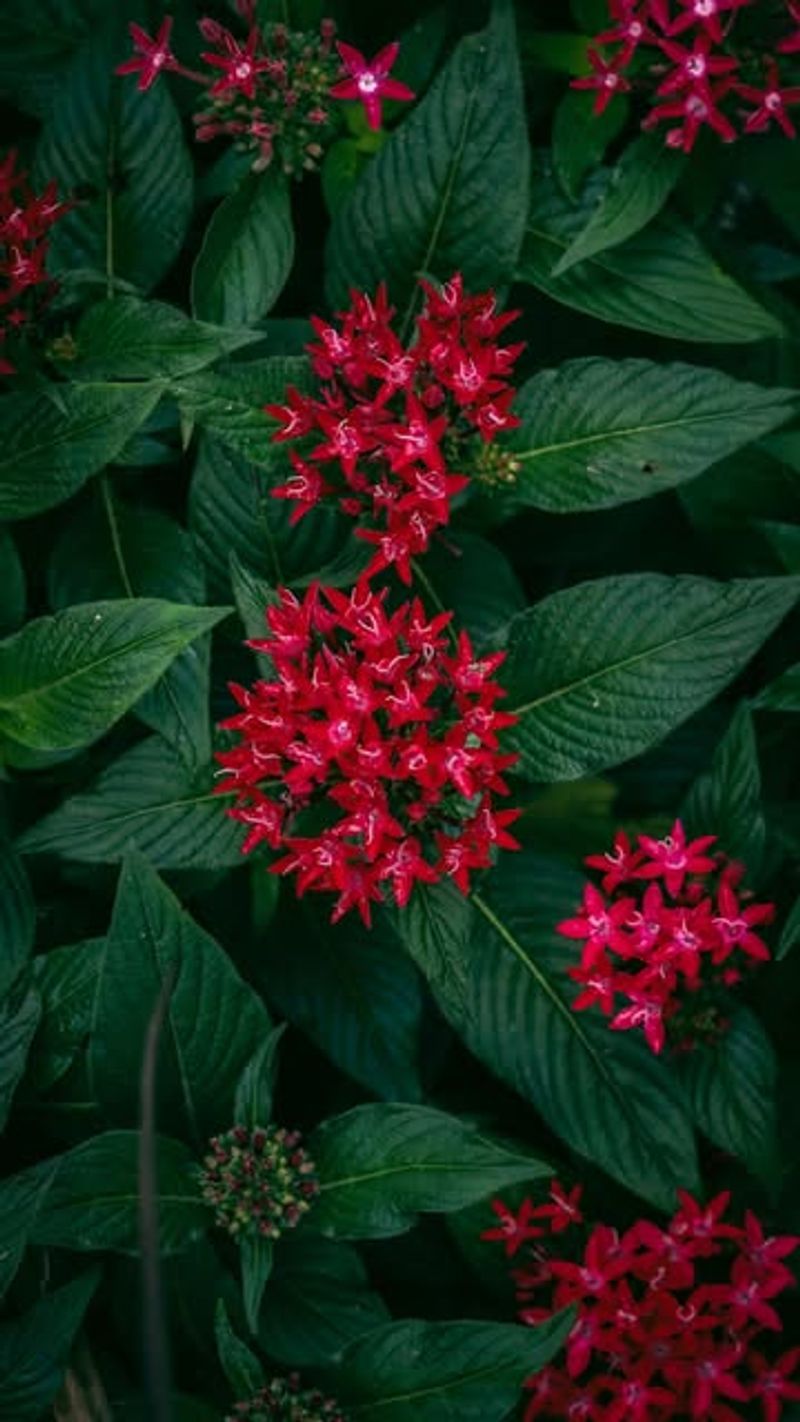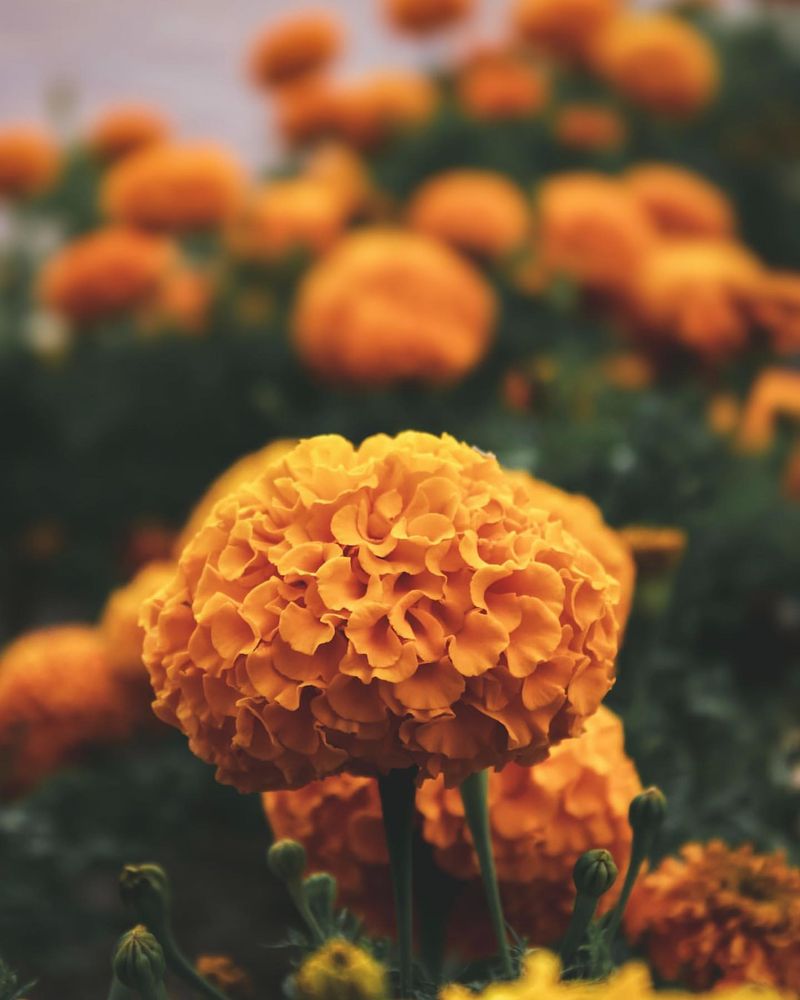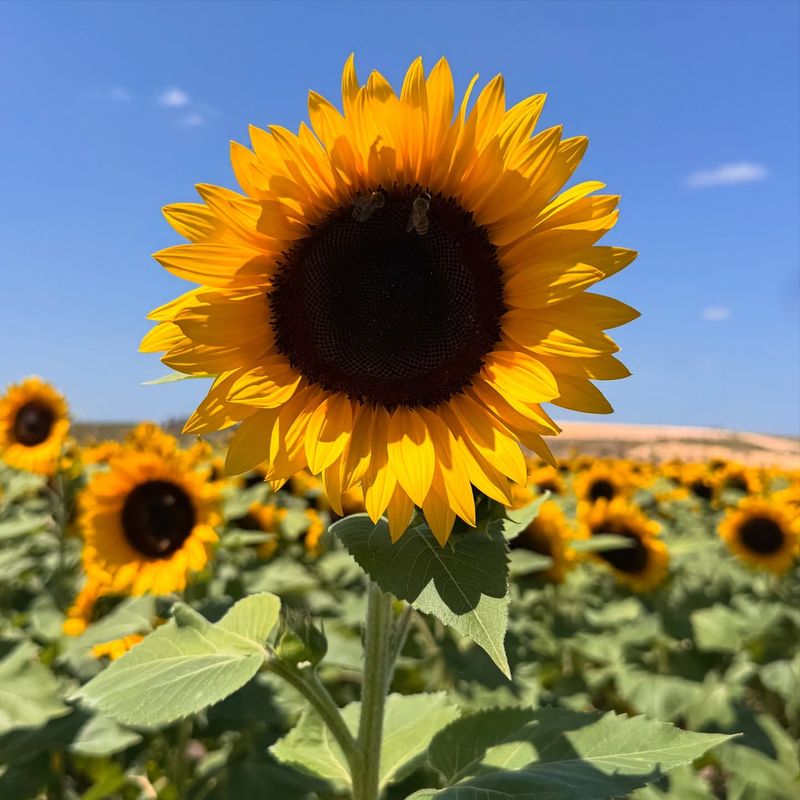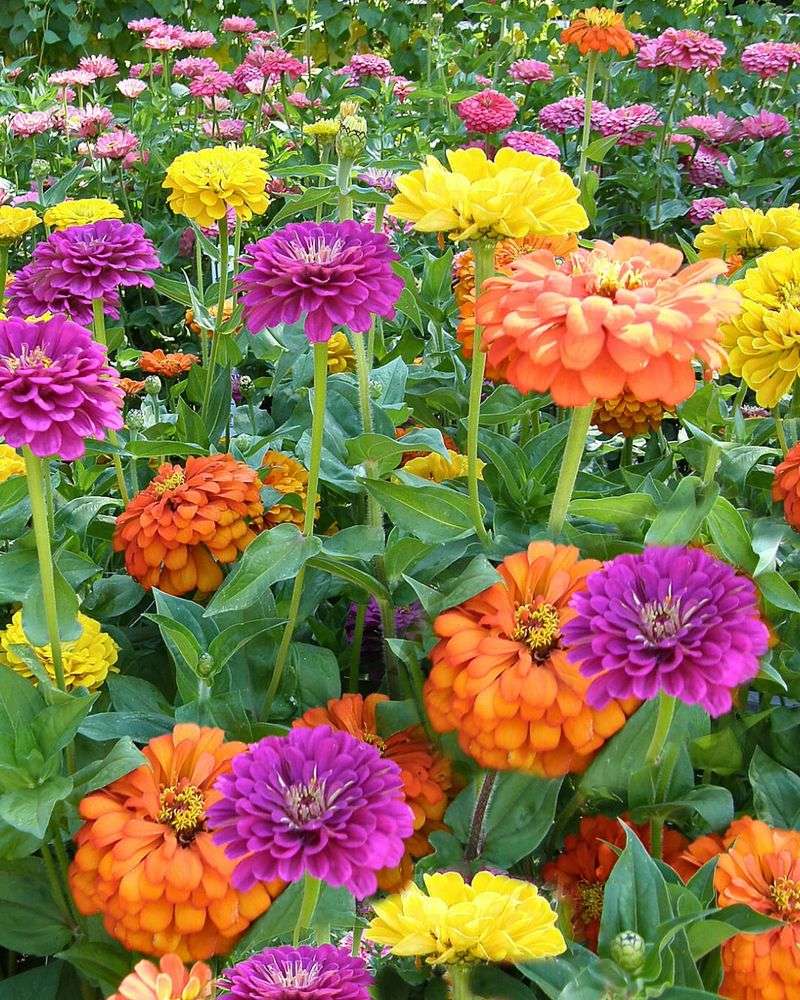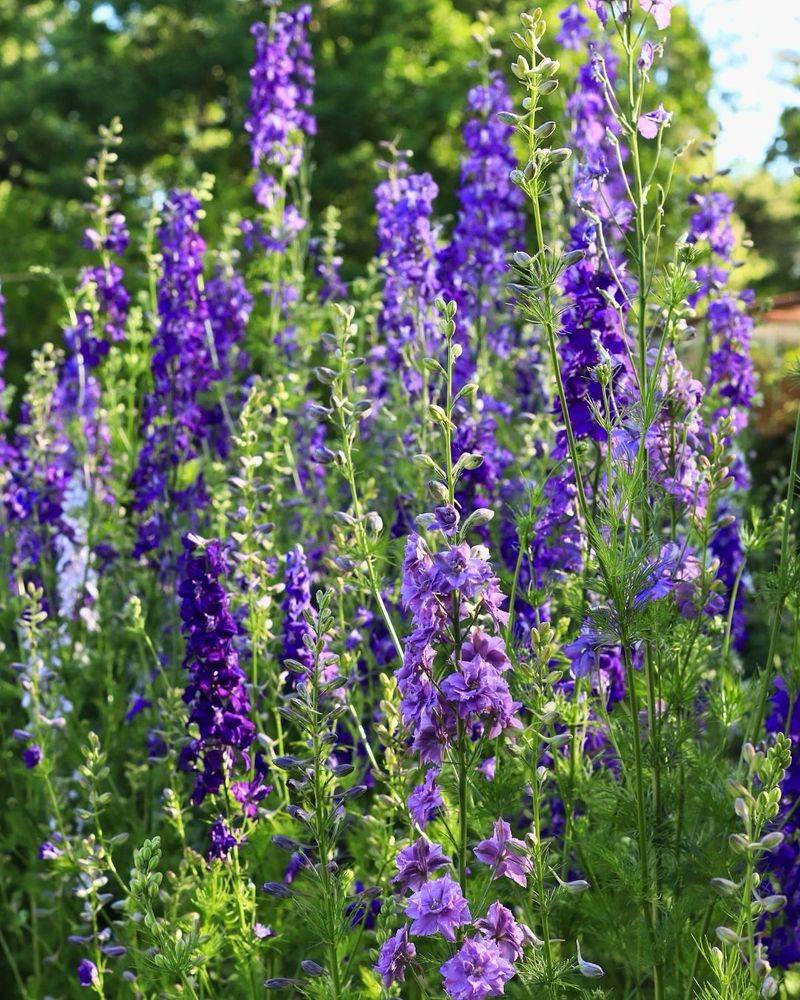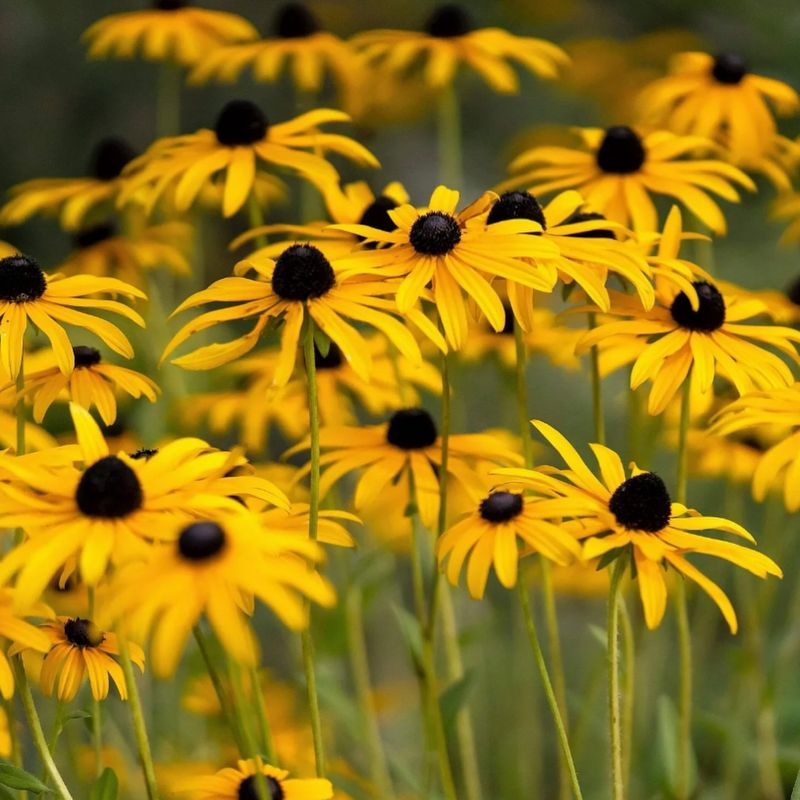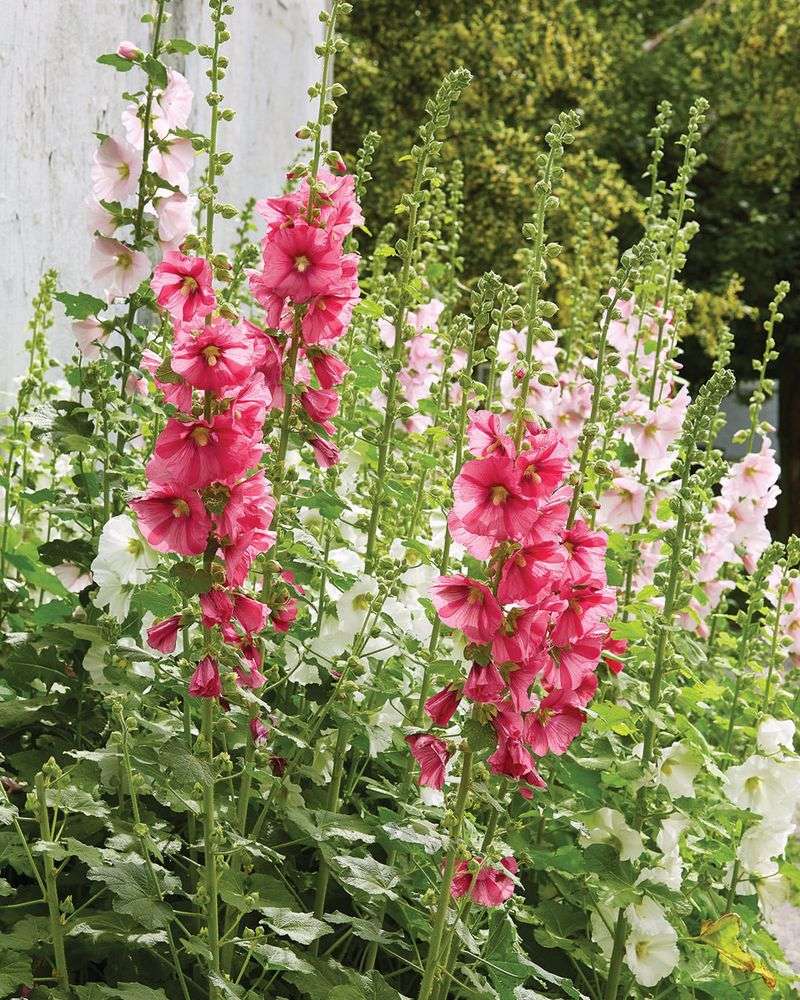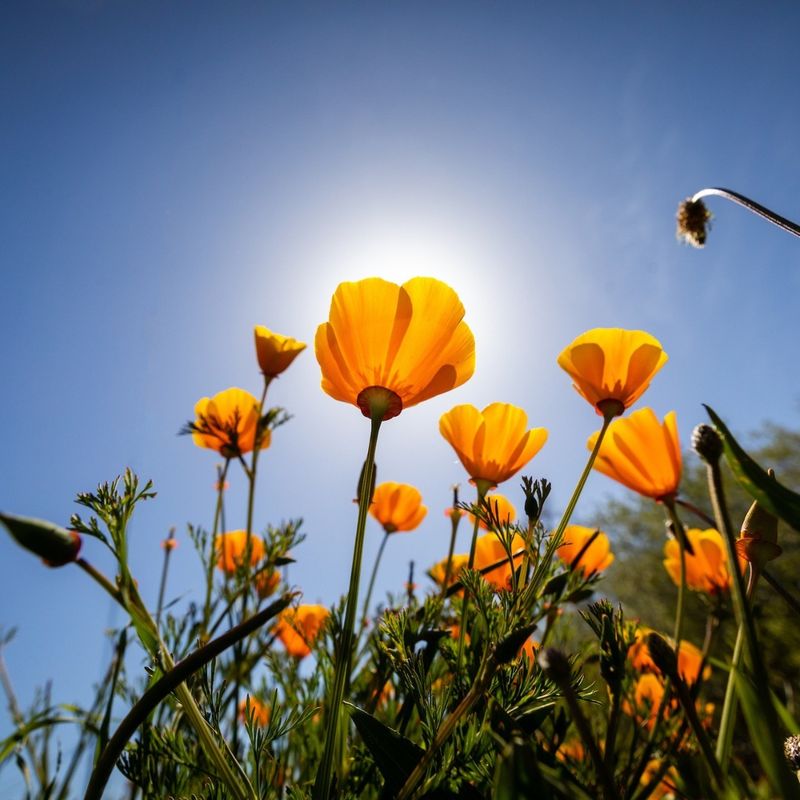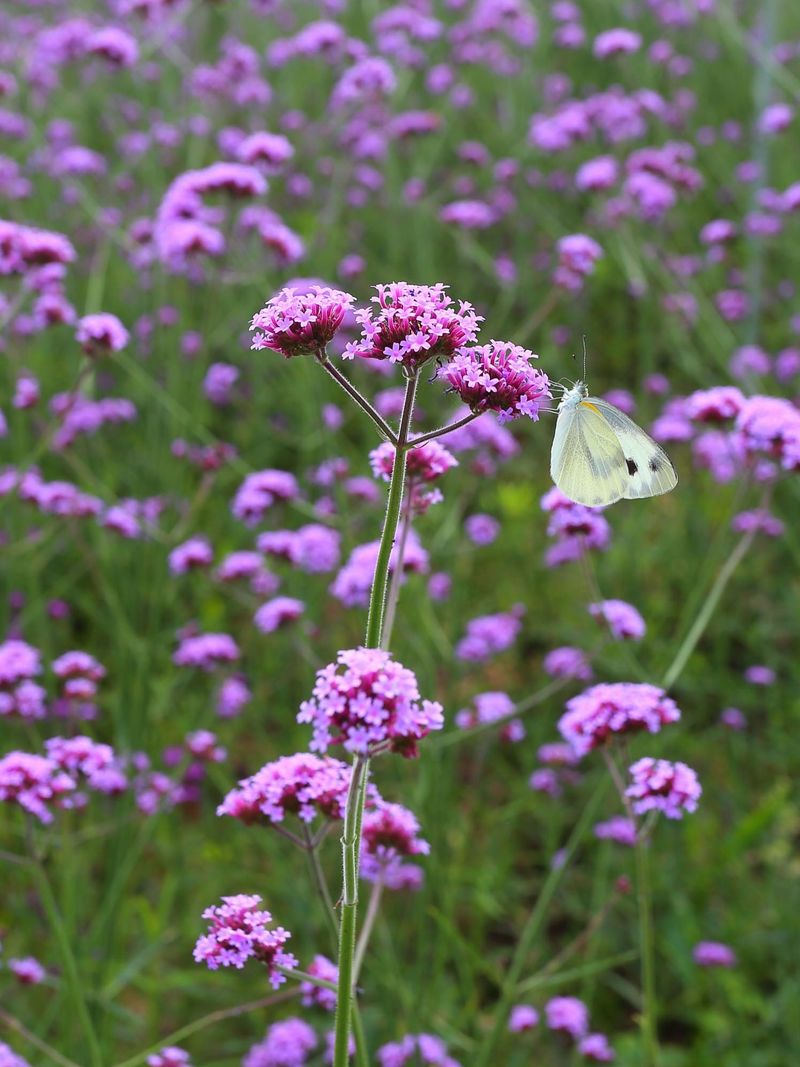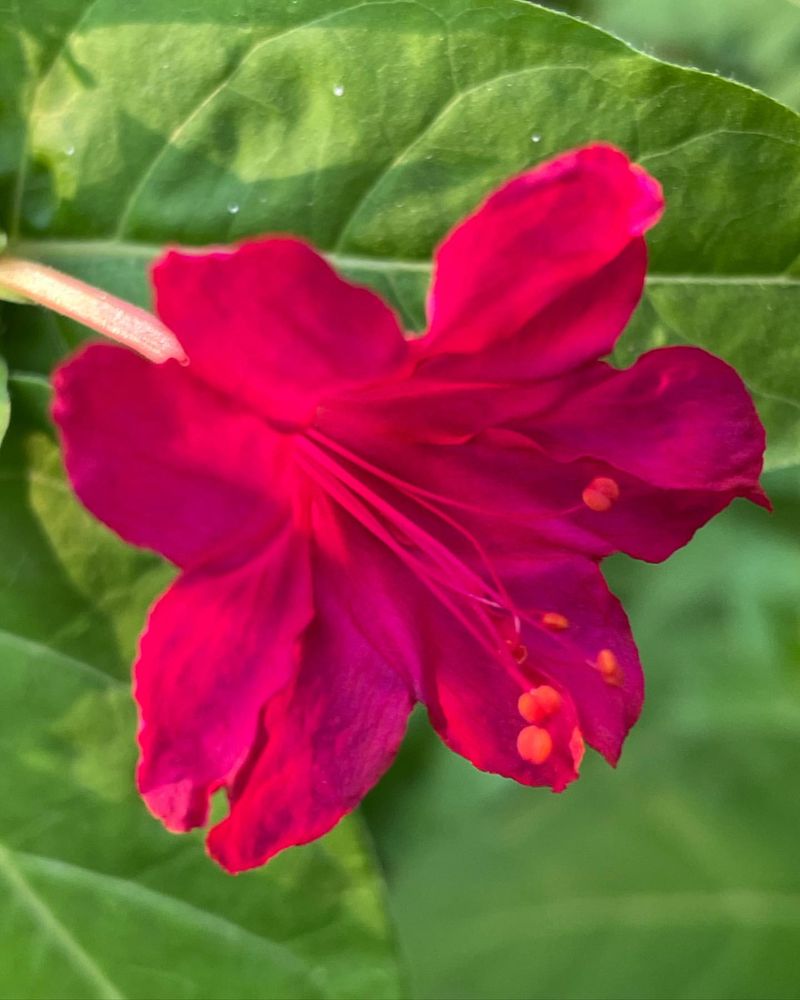Bright bursts of color keep showing up all over Florida gardens thanks to flowers that reseed themselves. They spread naturally, filling empty spaces with cheerful blooms without extra work.
Watching them pop up here and there feels like a little gift from the garden itself. These plants are built tough to handle Florida’s heat and humidity without complaints.
It’s a simple way to keep any yard looking fresh and full of life.
1. Coreopsis
Golden blooms carpet many Florida gardens without any extra effort! Native to the Sunshine State, these cheerful flowers multiply freely in sandy soils.
You’ll find them brightening highway medians and home landscapes alike across Florida. Their drought tolerance makes them perfect for gardeners who forget to water regularly.
2. Cleome
Often called spider flower, these tall beauties create dramatic height in Florida gardens. Their unique spidery blooms appear in shades of pink, purple, and white throughout summer.
Many Central Florida gardeners appreciate how these plants return year after year with minimal effort. Just be ready for them to pop up in unexpected places!
3. Cosmos
Feathery foliage topped with daisy-like blooms makes cosmos a garden favorite. These easy-going flowers thrive even in Florida’s toughest growing conditions.
South Florida gardeners particularly love how cosmos continue flowering through multiple seasons. Simply let some blooms go to seed, and you’ll enjoy volunteer plants for years to come.
4. Pentas
Star-shaped clusters of flowers make pentas irresistible to butterflies and hummingbirds. Their continuous blooming habit provides reliable color in Florida landscapes year-round.
Gardeners throughout Florida’s coastal communities rely on these tough plants for salt-tolerant color. Once established, they’ll drop seeds that sprout readily in our warm climate.
5. Marigold
Brilliant orange and yellow blooms brighten gardens while naturally repelling pests. Florida vegetable gardeners often plant marigolds as companions to keep nematodes away.
The Sunshine State’s long growing season means marigolds can complete multiple generations in one year. Save a few dried flower heads or simply let them drop seeds naturally.
6. Sunflower
Towering stems topped with sunny faces create dramatic impact in Florida landscapes. Birds love to feast on the nutritious seeds, often planting some for you in the process.
North Florida gardeners find these native beauties particularly well-adapted to local conditions. Plant once and enjoy volunteer sunflowers appearing in surprising spots for years to come.
7. Columbine
Delicate, nodding blooms in jewel tones appear each spring without any effort. Florida panhandle gardeners particularly treasure these woodland flowers for shady garden spots.
The unique spurred flowers attract hummingbirds while creating an enchanting display. Once established in North Florida gardens, columbine will gently spread by dropping seeds each year.
8. Portulaca
Succulent foliage topped with paper-like blooms thrives in Florida’s hottest locations. These low-growing beauties spread readily in sandy soils and coastal gardens.
Many Florida Keys residents rely on portulaca for color in challenging locations. Their tiny seeds scatter easily, creating new plants that pop up between pavers and in rock gardens.
9. Zinnia
Bold, candy-colored blooms stand up to Florida’s summer heat like champions. Their strong stems make perfect cut flowers while providing essential nectar for pollinators.
Throughout Central Florida, these reliable bloomers self-seed abundantly in sunny spots. Simply allow some flowers to remain on plants until they form dry seed heads.
10. Larkspur
Spires of blue, pink, and purple flowers create vertical interest in spring gardens. These cool-season bloomers perform beautifully in North Florida’s milder winter climate.
Tallahassee gardeners particularly appreciate how larkspur seeds lie dormant through summer heat. They naturally germinate when temperatures drop in fall, creating effortless spring color year after year.
11. Black-eyed Susan
Cheerful yellow petals surrounding dark centers create summer-long color in Florida landscapes. These native wildflowers naturally adapt to local soil conditions and rainfall patterns.
Gardeners across Florida’s panhandle find these resilient bloomers return reliably each year. Birds and wind help distribute the tiny seeds, creating naturalized drifts over time.
12. Mexican Sunflower
Vibrant orange blooms atop tall stems create a butterfly paradise in Florida gardens. Unlike common sunflowers, these plants branch abundantly, producing dozens of flowers.
South Florida gardeners appreciate how these heat-lovers bloom through the hottest months. Their abundant seeds germinate readily in our warm climate, creating new plants each year.
13. Hollyhock
Towering spikes adorned with saucer-sized blooms create old-fashioned charm. These biennial plants establish themselves beautifully in North Florida’s cottage gardens.
Jacksonville gardeners often find hollyhocks returning for years with no additional planting. Their large, easy-to-collect seeds can be scattered where you want new plants or left to nature’s devices.
14. Blanket Flower
Fiery red and yellow blooms resemble Native American blanket patterns, giving these flowers their name. Naturally adapted to Florida’s sandy soils, they thrive in full sun and poor conditions.
Gulf Coast gardeners rely on these drought-tolerant natives for reliable color. Their bristly seeds easily take hold in open areas, creating expanding patches of color each year.
15. California Poppy
Despite their name, these golden flowers adapt beautifully to Florida’s winter growing season. Their ferny foliage emerges after fall rains, creating a lush backdrop for spring blooms.
West Florida gardeners enjoy these short-lived perennials as reliable reseeders. The distinctive seed pods split open when mature, scattering seeds that wait for perfect germination conditions.
16. Verbena
Clusters of tiny blooms in purple, pink, or white attract countless butterflies to Florida gardens. Their sprawling habit makes them perfect for softening edges and filling gaps between other plants.
Orlando gardeners appreciate how these heat-loving perennials bloom nearly year-round. When allowed to set seed, verbena creates a continuing legacy of new plants throughout your landscape.
17. Four O’Clock
Fragrant flowers open late afternoon, releasing sweet perfume throughout Florida evenings. Their trumpet-shaped blooms in pink, yellow, and white close by morning, repeating the cycle daily.
Tampa gardeners enjoy how these old-fashioned favorites form tuberous roots while also reseeding generously. Once established in your Florida garden, you’ll never need to plant them again!
18. Nasturtium
Round leaves and jewel-toned flowers offer both beauty and flavor in Florida gardens. These edible ornamentals produce peppery blooms perfect for garnishing winter salads.
Southwest Florida gardeners plant nasturtiums as cool-season annuals that readily self-sow. Their large, wrinkled seeds are easy to collect or simply leave on the ground for next season’s surprise plants.



